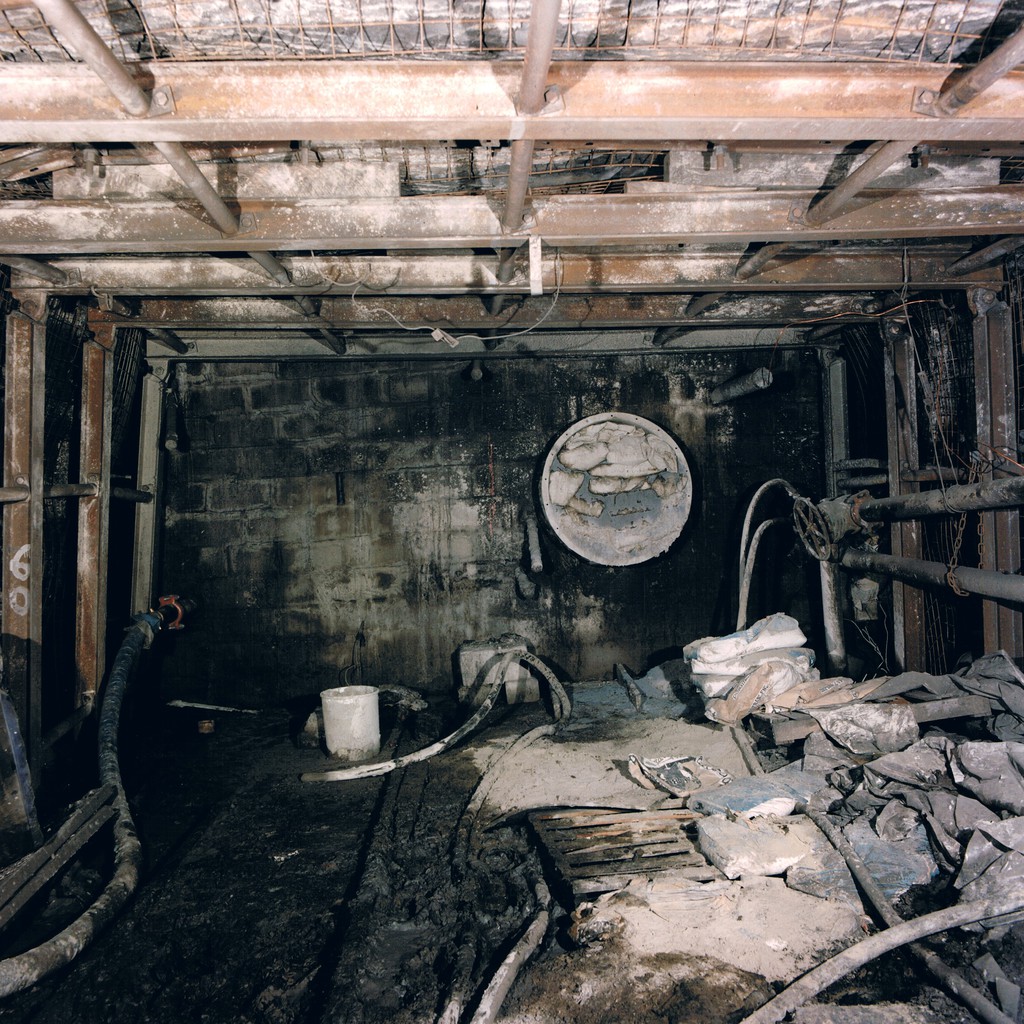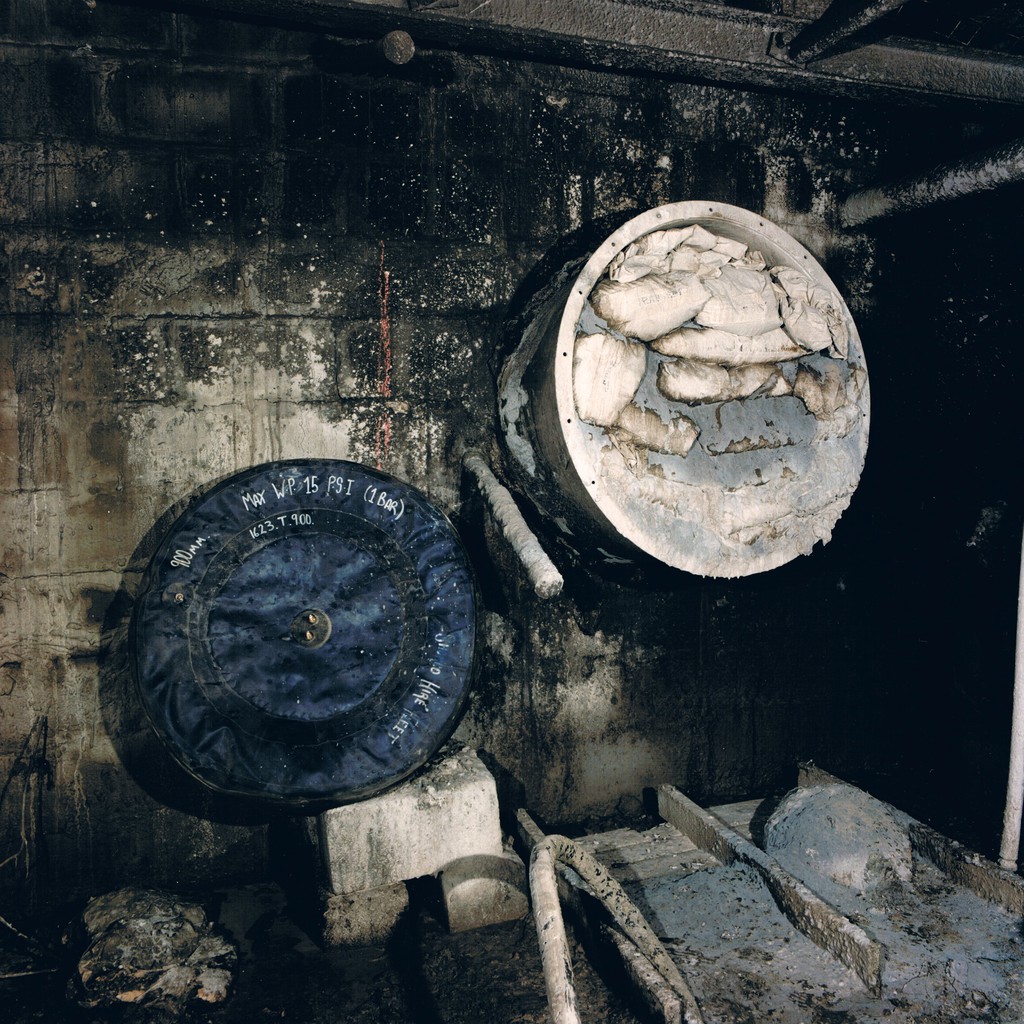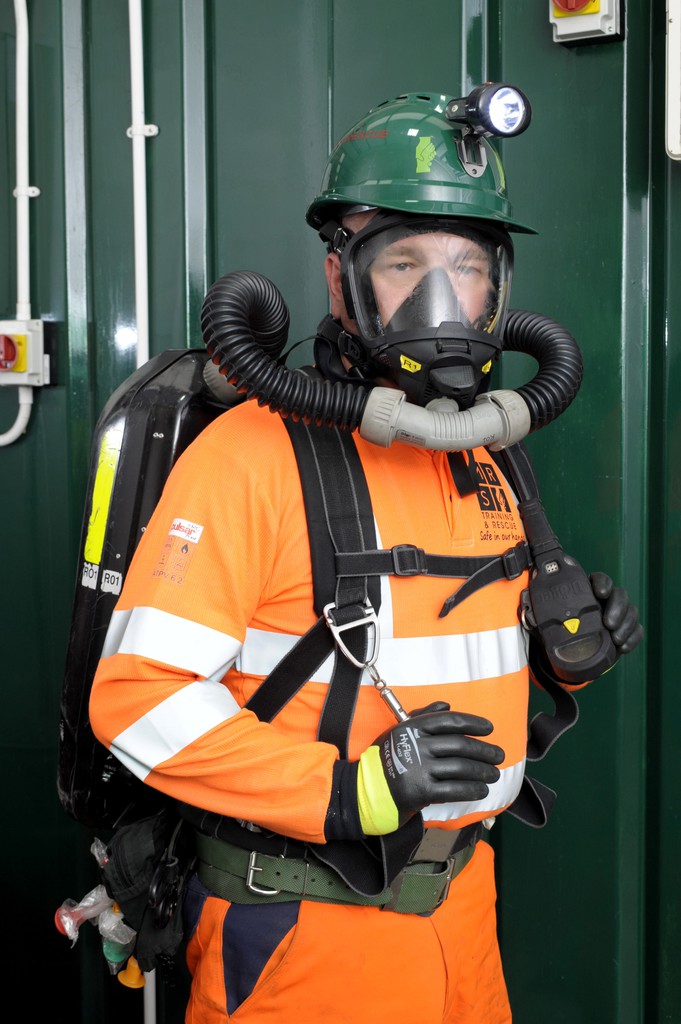
Kelly Rose
Editor

Kelly Rose
Editor
Of all the places people have to work, coal mines are just about the most confined. Andrew Watson, commercial and business development director for MRS Training and Rescue, looks at the challenges that crop up whilst working below ground
Working in a coal mine is the ultimate confined space and comes with a littany of specified risks. Any one of these can mean you have to seal off the area with an explosion proof seal.
The hazards
Many of these risks occur naturally over time. For example, the very reason the mine exists, the coal itself, provides a never-ending supply of fuel. And where there is coal, there is methane. Both of these come with a very real chance of spontaneous combustion which, apart from the obvious dangers, will also produce carbon monoxide. Oxygen is also absorbed by coal creating an oxygen deficient environment.
Then, there are the risks that we import into a mine. Electricity, oil, wood, paper, compressed air, explosives and water all play a key role in mining operations and all come with their own risks.
Any or all of these, and this is far from an exhaustive list, can mean you have to seal off the area with an explosion proof seal. To avoid this, there needs to be a high level of supervision, along with a detailed risk assessment. There must be a complex system of positive ventilation and both fixed and portable environmental monitoring should be available.
Most important of all is the workforce. Everyone from the management to the supervisors, via technical and scientific specialists needs to be competent. Not to mention the miners themselves.
Control measures
The key to mitigating these risks lies in monitoring the mine to ensure safety factors are always maintained.
Everyone entering a mine will carry some form of respiratory protection. This can be the filter type that converts carbon monoxide to carbon dioxide to the chemical oxygen types that provide protection from 20 minutes to seven hours. Most mines now have safe havens installed where miners can safely wait with a supply of air to be rescued (sometimes for 24hrs plus).
The final part of the control measures is health surveillance. This includes access to medical care and regular surveillance of the miner’s health. This includes monitoring for industrial disease such as that caused by dust inhalation.
Sealing the mine
If a decision is made to seal off the mine, the next concern is for the safety of those involved. This is one of the main factors in deciding precisely where to seal it, along with the levels of various gases and which parts of the mine are solid.
When sealing a mine team leaders must take continuous heat and humidity readings and calculate a safe time for breathing apparatus wearers to operate. The seal will have an access tube built in to maintain ventilation until the seal is complete. The tube will then be closed with an explosion proof door or it may be filled with cement.
Access tubes should always be installed at an angle. This is to ensure that if the seal has to contain an explosion the tube will be pushed into the seal and not out of it.
The procedure
The procedure itself requires several careful steps. First a suitable site to seal the mine must be selected, on solid ground. You must then dig out to the solid, and key into the sides. A cement base must be put in place with retaining walls constructed around it. These walls can be made of anything that will retain cement.
After all this has been done you will need to install access and utility pipes for water, gas and samples. Finally the process of filling with cement can begin, using a remote pumping site located in fresh air.
The access tube in the two seals must be closed simultaneously. This requires co-ordination between the sites. An operative wearing breathing apparatus will enter each tube. They will also have a harness on and be attached to a rope. At a predetermined time or signal the operative in both tubes will close the door on the access tube sealing off the area of the mine.
If the plan is never to re-enter the area of the mine the tube will then be filled with cement. The mine will normally be evacuated for 24 hours at this point.
Subsequently there will either be an explosion behind the seal due to the build up of flammable gas, or the oxygen present will be absorbed or diluted by other gases present, creating an oxygen deficient environment behind the seal.




MRS Training and Rescue
Leeming Lane South Mansfield Woodhouse Mansfield
Nottingham
NG19 9AQ
UNITED KINGDOM